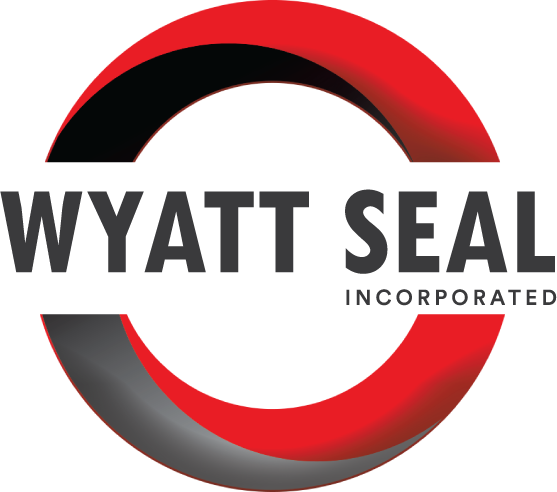Seals get little attention, and that will probably never change. But that doesn't diminish how essential they are to everyday industrial life.
Though few even realize it, seals, gaskets, and O-rings are embedded in many vital machines, equipment, and products we use daily. Without them, so many things would be much more complicated — if not impossible — to accomplish.
They aren't all created equal, however. Different seals are tailor-made for various purposes, and it is essential to understand each type's distinctions and unique properties if you want to use the right ones.
The materials themselves can break down over time — or instantly — if asked to do a job they aren't cut out for. So how do you know which seals to pick? As always, you must consult with expert engineers who understand these nuanced factors' ins and outs.
But you can use the following specifications and applications as a seal selection guide to showcase things to consider when narrowing down to the best seal for your application. Remember that this is a two-step process: seal design and material selection.
Temperature Range
The first piece of the puzzle is the temperature range the seals may see, both for operating temperature and environmental. A broad range of materials is suitable for moderate environments without an extreme temperature range.
But if there were to be a high temperature, say around 400 degrees Fahrenheit, or a low temperature, like -100 degrees, some materials will degrade, especially after ongoing exposure. And remember, temperature variation matters just as much as absolute temperatures.
This is why silicone, one of the most versatile substances used in a seal, has become so widespread and appreciated. As a rule, seals, and O-rings made of this wonder substance generally show no wear even when facing highs above 400 degrees Fahrenheit and lows as far as -100 degrees. This wide temperature range is something that not every material can withstand. By contrast, some other materials may become too brittle or stiff once they enter a low-temperature climate.
High Pressure
As with the factors that govern temperature resistance, some seals aren't up to the task of high-pressure situations. But, how we measure these factors can depend upon the application and the body you are referencing.
The Norwegian Petroleum Industry, for example, has adopted the Norsok M-710 standard. At the same time, NACE International uses metrics that gauge static exposure to elevated pressure and rapid depressurization from high pressures.
Depending on your familiarity with these concepts, those distinctions may mean a lot to you. However, for the uninitiated, learning all the various technical considerations can lead you down a deep rabbit hole if you attempt to cross-reference all the available materials and types of seals on the market.
But for most applications, the main takeaway is knowing that you must understand whether a seal will be subject to extreme pressures. If so, you will need to be much more diligent in ensuring you have the right materials for the job. Whereas more everyday uses will give you a more comprehensive range of options.
Fluids and Viscosity
Naturally, seals are often used to create a secure, airtight barrier. This means they must stand up to liquids or prevent fluids from passing from one area of a machine to another. The type and material of the seal must be dictated by the kind of fluid in question, as each will present different issues and complications.
Viscosity is a primary consideration, along with the chemicals in any liquid that could degrade the seal material. Water and oil, for example, present different challenges for elastomers, and those that work well in these environments may not be appropriate for gels, greases, or mud.
Before selecting a material or type of seal, make sure you know precisely what fluids will be present in the system, the temperature range that can occur, and how much pressure might be exerted.
If you need help navigating this process to find the right seal for your project, talk to a seal expert at Wyatt Seal. We’ve spent 50 years building relationships with seal manufacturers worldwide to offer you access to thousands of seals, gaskets, O-rings, and other specialty items for any application.

